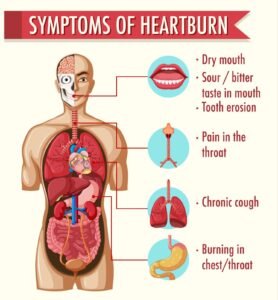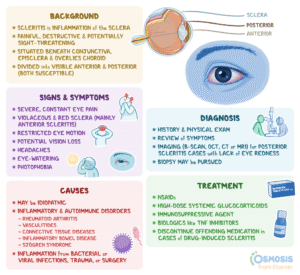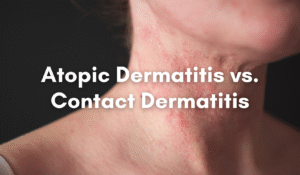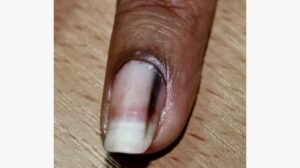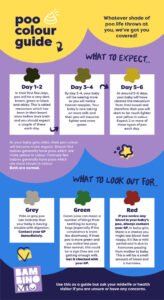Pityriasis Rosea Stages and Pictures
What Is Pityriasis Rosea?
Pityriasis rosea is a common, non-contagious skin condition characterized by a distinctive rash. It typically progresses through four stages, often resolving on its own within 6 to 8 weeks. While generally harmless, the rash may cause mild to moderate itching. Below, we explore its stages, appearance, and management options, with visuals to illustrate its progression across various body parts and skin tones.
Stages of Pityriasis Rosea
Initial Symptoms
Before the rash appears, some individuals experience flu-like symptoms, such as fatigue, fever, headache, or a sore throat, lasting one to two days. These early signs are subtle and may go unnoticed.
Herald Patch Appearance
The condition often begins with a single, large, round or oval lesion known as the herald patch. Measuring 2 to 10 centimeters in diameter, it typically appears on the torso and resembles ringworm due to its red or pink, scaly border. This patch is the hallmark of pityriasis rosea and signals the onset of the rash.
Image: A herald patch on the torso, showing its distinct oval shape and red border. (Credit: James Heilman, MD / Wikimedia Commons / CC BY-SA 3.0)
Spread of the Rash
Within days to weeks, smaller lesions emerge, often clustering around the herald patch. These lesions are oval, scaly, and may spread to the arms, legs, neck, or, rarely, the face. On lighter skin, they appear salmon-colored, while on darker skin, they can be dark brown or black, sometimes blending into the skin tone.
Image: A full-body rash with smaller, scaly lesions radiating from the herald patch. (Credit: Joe Miller)
Resolution Phase
In most cases, the rash fades within 6 to 8 weeks without scarring. In rare instances, it may persist for up to 5 months. Itching tends to subside as the lesions clear.
Appearance Across Body Parts
Torso
The torso is the most common site for pityriasis rosea. Lesions here are typically oval and scaly, with a “Christmas tree” distribution pattern, aligning along the skin’s natural lines.
Image: Typical torso lesions, showing the characteristic pattern. (Credit: Joe Miller)
Neck and Limbs
While less common, the rash can spread to the neck, arms, or legs. On the neck, lesions may be subtler but follow the same scaly, oval pattern. Facial involvement is rare.
Image: Pityriasis rosea on the neck, illustrating its spread beyond the torso. (Credit: Joe Miller)
Atypical Presentations
Generalized Rash
In some cases, the rash appears less defined, with widespread, bumpy (papular) lesions. This is more common in young children, pregnant women, or individuals with darker skin tones. Infants may develop blisters or raised wheals, and oral lesions can occasionally occur.
Image: An atypical, generalized rash with less distinct lesions. (Credit: Gavin Hart / CDC)
Raised Lesions
Atypical rashes may feature raised, closely packed lesions, particularly on the upper back. These can be mistaken for ringworm, psoriasis, or eczema, necessitating a potassium hydroxide (KOH) test for accurate diagnosis.
Image: Raised, atypical lesions on the upper back. (Credit: Joe Miller)
Causes and Risk Factors
The exact cause of pityriasis rosea remains unknown, despite studies exploring viral or bacterial triggers. It occurs more frequently during colder months and affects all ethnicities equally. Recurrence is rare, with only 2.8% to 3.7% of individuals experiencing a second episode.
Managing Pityriasis Rosea
Symptom Relief
While no cure exists, itching can be managed with:
-
Oral antihistamines to reduce discomfort.
-
Topical steroids to soothe inflammation.
-
Oatmeal baths or calamine lotion for additional relief.
Potential Rash-Shortening Methods
Some theories suggest the following may shorten the rash’s duration, though evidence is limited:
-
Sun exposure: Moderate sunlight may help fade lesions.
-
UVB therapy: Controlled ultraviolet light exposure under medical supervision.
-
Erythromycin: An antibiotic sometimes used off-label, with mixed results.
Always consult a healthcare provider before attempting these methods.
Key Insights
-
Pityriasis rosea is a self-limiting condition, typically resolving within 6 to 8 weeks.
-
The herald patch is a defining feature, followed by smaller, scaly lesions.
-
Atypical rashes may require diagnostic tests to rule out similar conditions like ringworm or eczema.
-
Itching can be managed with over-the-counter or prescribed treatments.
Frequently Asked Questions
Is pityriasis rosea contagious?
No, pityriasis rosea is not considered contagious, and it does not spread through contact.
Can it be prevented?
Since the cause is unknown, prevention is not possible. However, maintaining good skin hygiene may help reduce irritation.
Who is most likely to get it?
It affects people of all ages and ethnicities, with a slight peak in adolescents and young adults.
Expert Tips for Coping
-
Moisturize regularly to prevent dryness and reduce itching.
-
Avoid harsh soaps that may irritate the rash.
-
Wear loose clothing to minimize friction on affected areas.
-
Track symptoms and consult a dermatologist if the rash persists beyond 8 weeks or worsens
📣 Join Our Community
Want more inspiration like this? Subscribe to our newsletter for weekly dinner ideas and cooking tips!


